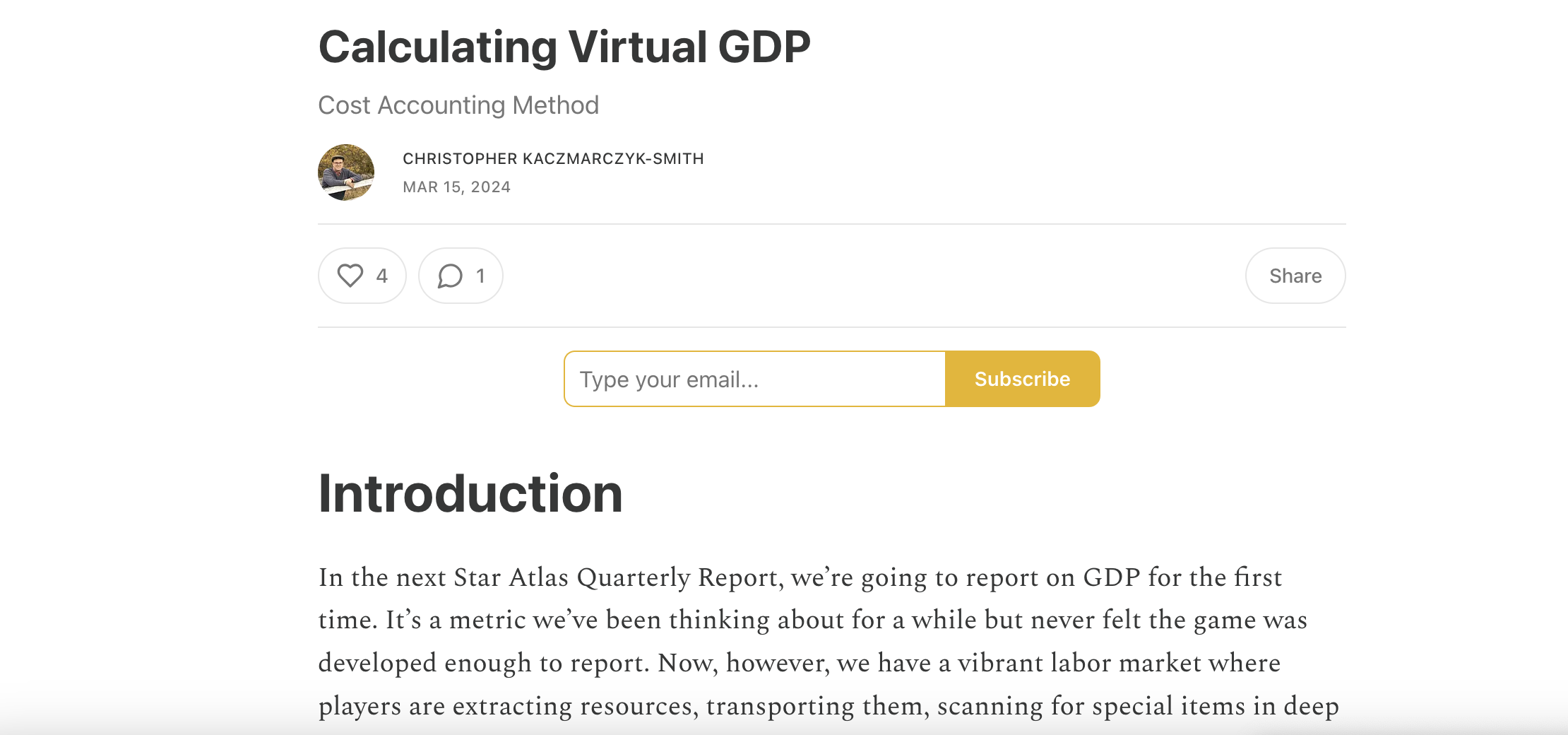The monetary authority in Moscow has expressed support for the latest legislative attempt to legalize cryptocurrency mining. However, the regulator wants the extracted digital currency to be sold outside the country or only under special legal regimes in Russia, as an exception.
The Central Bank of the Russian Federation (CBR) “conceptually supports” the draft law seeking to legalize the crypto mining sector, but at the same time maintains that the digital currencies obtained in the process should be mostly sold on foreign exchanges and only to non-residents.
In comments for the Russian Interfax news agency, the bank’s press service added that in case the coins are exchanged domestically, this should happen exclusively through licensed platforms operating in a controlled regulatory environment. A representative elaborated:
The official emphasized that the monetary authority adheres to its position, expressed and reiterated on multiple occasions so far, that the circulation of cryptocurrency within the Russian Federation is “inadmissible.”
In November, a group of lawmakers submitted to the State Duma, the lower house of parliament, a bill designed to regulate the mining of currencies like bitcoin and other crypto activities through amendments to the country’s existing law “On Digital Financial Assets.”
The draft offers miners the two options for the sale of the minted coins referenced by the Bank of Russia. In either case, the Federal Tax Service should be notified about the transactions. Payments through means different than the Russian ruble are banned even under current law but amid sanctions the idea of legalizing cross-border crypto settlements has been gaining traction.












All Comments